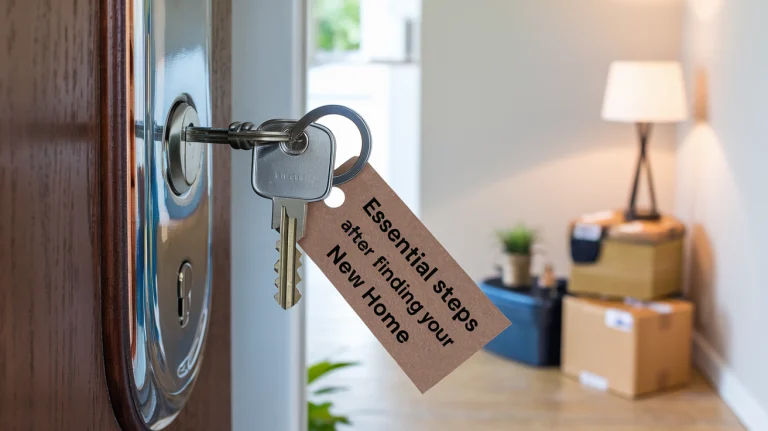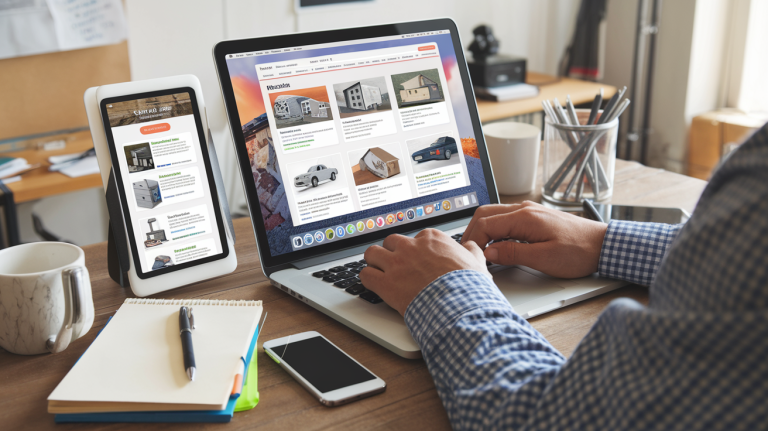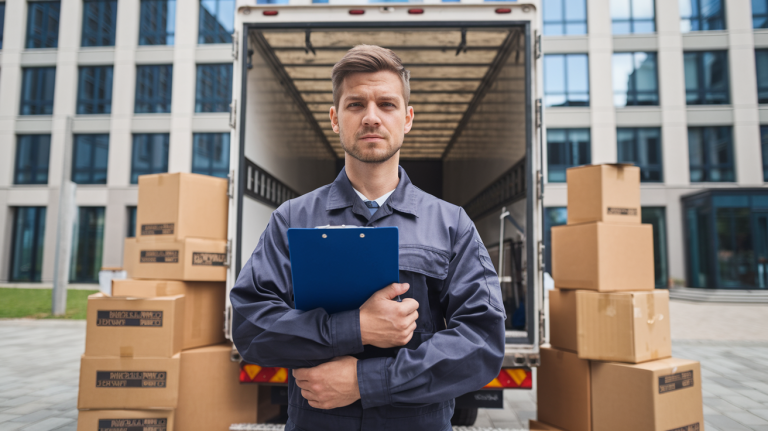Packing Fragile and Valuable Items for Moving/Tips and Tricks
Is it moving or planning a long trip? Packing Fragile and Valuable Items for Moving can feel overwhelming, but with the right approach, it is manageable and efficient. In this article, we’ll walk you through practical packing tips that can save you time, energy, and stress, ensuring a smooth process from start to finish. By the end, you’ll feel equipped to tackle any packing challenge.
1. Start Early and Create a Packing Plan
Why Start Early?
Starting early allows for a more organized and relaxed approach. Rushed packing can lead to lost items, increased stress, and overlooked essentials.
Create a Packing Plan
Creating a packing plan keeps you on track and ensures nothing important is missed. Here’s a simple outline to help you get started:
| Task | Recommended Timeline |
|---|---|
| Declutter and Donate | 4-6 weeks before moving |
| Start Packing Non-Essentials | 4 weeks before moving |
| Pack Essentials | 2-3 days before moving |
| Label and Organize Boxes | 1 week before moving |
Quick Tip: Break down rooms or areas of the house each week. For example, start with the closets, move to the storage rooms, and work your way to the main living areas.
2. Organize by Categories
Packing by category keeps items organized and speeds up the unpacking process. Here’s how to organize effectively:
- Clothing: Divide by season or type (casual, formal).
- Kitchenware: Separate cooking utensils, dinnerware, and appliances.
- Toiletries: Group liquids and personal hygiene products separately.
- Electronics: Keep cords and small tech accessories together.
- Essential Documents: Place in a secure, waterproof folder or envelope.
Why It Works
Grouping items by type makes it easier to find what you need once you’re unpacking. Label each box clearly by category, and consider using colour-coded stickers or labels for quick identification.
3. Choose the Right Packing Materials
Using suitable packing materials protects your belongings and makes transportation safer. Here’s a breakdown of materials that make a difference:
| Packing Material | Purpose |
|---|---|
| Sturdy Boxes | Protect heavy items |
| Bubble Wrap | Cushion fragile items |
| Packing Tape | Secure box lids |
| Markers | Label boxes for easy identification |
| Vacuum-Sealed Bags | Save space with clothing and bedding |
| Moving Blankets | Protect large furniture pieces |
Tips for Choosing Boxes
- Size: Use smaller boxes for heavy items and larger boxes for lightweight items like pillows.
- Quality: Opt for sturdy, double-walled boxes for fragile and heavier items.
Pro Tip: If you’re moving long-distance, consider investing in weatherproof containers to protect against elements like rain.
4. Maximize Space with Efficient Packing Techniques
Knowing how to pack efficiently can save space and time. Here are some tried-and-true techniques:
- The Rolling Method: Instead of folding, roll clothes tightly to save space and prevent wrinkles.
- Packing Cubes: These help keep your belongings organized and compressed.
- Stuff Small Items Inside Shoes: Socks, chargers, and small accessories can fit neatly inside shoes to save extra room.
- Disassemble Bulky Items: When possible, disassemble larger furniture, such as bed frames and shelving, for easier transport.
These techniques allow you to get more out of each box while ensuring items remain secure.
5. Pack an Essentials Bag for Easy Access
When moving or travelling, it’s essential to have quick access to daily necessities. A separate bag with essentials saves you from immediately unpacking everything to find necessary items.
Items to Include in Your Essentials Bag:
- Toiletries: Toothbrush, toothpaste, and other hygiene products.
- Essential Clothing: A change of clothes, undergarments, and comfortable shoes.
- Chargers and Electronics: Include a power bank for convenience.
- Medication: Any necessary medications should be in this bag.
- Valuables and Documents: Passport, identification, and other necessary paperwork.
An essentials bag keeps you ready for any situation without diving into packed boxes.
6. Tips for Packing Valuables and Fragile Items
Fragile items require extra attention to prevent damage. Here’s a checklist for safe packing:
- Wrap each item individually in bubble wrap or newspaper.
- Place cushioning at the bottom of the box before adding items.
- Fill empty spaces with soft materials like towels, clothing, or packing peanuts.
- Label boxes as “Fragile” to indicate they need careful handling.
Consider adding extra insurance during a move for valuables, especially jewellery, electronics, or art.
7. Make Use of Every Nook and Cranny
Using every inch of space can help you pack more efficiently:
- Pack within more oversized items: Store smaller items in containers, pots, or other hollow spaces.
- Fill Suitcases and Bags: Instead of leaving them empty, fill them with clothes or lightweight items.
- Use Drawers as Boxes: Keep clothes in dresser drawers and wrap the drawers in plastic wrap for easy transportation.
These simple tips make the most of each space and reduce the boxes needed.
8. Reduce Weight for a Smoother Move
Moving heavy items can be harsh on both you and the movers. Here’s how to lighten the load:
- Declutter: Sort out items you no longer need or want. Donate or sell them.
- Distribute Heavy Items: Place heavy items at the bottom of boxes and balance them with lighter items on top.
- Use Smaller Boxes for Heavy Items: Books, appliances, and kitchenware are easier to manage in smaller boxes.
Interesting Fact: The average moving box should weigh no more than 50 lbs to ensure it’s manageable and reduces the risk of items breaking.
9. Labeling and Inventory Management
Clear labelling saves time during the unpacking process. Try this methodology-Coding
- Colour-Coding: Assicoloursors to each room (e.g., blue for the kitchen, green for the bedroom).
- Numbering System: Label boxes with numbers and keep a list with the contents of each box.
- Detailed Labeling: Write brief descriptions like “kitchen utensils” or “bedroom linens” on each box.
Digital Inventory
Consider using an app like Sortly or Google Sheets to keep a digital inventory. A photo and list of contents make tracking everything at a glance easy.
10. Protect Against Spills and Breakage
Spills can ruin other items and lead to unexpected cleaning hassles. Here’s how to protect your belongings:
- Seal Bottles: Use plastic wrap under the caps of liquids to prevent spills.
- Wrap Breakables Individually: Ensure each fragile item has ample cushioning and protection.
- Double-Box Fragile Items: Place fragile items inside one box, then put that box in a larger one with padding around it.
Taking these precautions reduces the chance of damage during the move.
11. Pack with Your New Space in Mind
Packing with your new home in mind will make the unpacking process more efficient. Here’s how:
- Label by Room: Assign each box to the room where the items belong.
- Prioritize Essentials: Pack essentials for each room in separate boxes, giving you immediate access to what you need.
- Unpacking Plan: Consider unpacking room by room, starting with high-use spaces like the kitchen and bathroom.
Tip: Make a simple room layout map to remind yourself where items will go when you arrive.
12. Special Tips for Moving with Children or Pets
Moving with children or pets requires a little extra planning. Here’s what to keep in mind:
- Prepare Comfort Items: Pack toys, blankets, and other comfort items for children and pets to ease the transition.
- Safe Space: Set aside a designated space where kids or pets can stay during the move to keep them safe and out of the way.
- Take Breaks: Allow time for breaks to avoid overwhelming kids and pets.
Moving day can be unsettling for both, so taking these steps can help make the experience smoother.
13. Final Pre-Departure Checklist
Before leaving, double-check these final steps:
- Inspect Every Room: Check closets, cabinets, and drawers for forgotten items.
- Defrost the Fridge: If moving a refrigerator, defrost it 24 hours in advance.
- Turn Off Utilities: Ensure gas, water, and electricity are turned off as needed.
- Clean Up: Leave the space clean for the next occupants.
Completing this checklist ensures a smooth transition and leaves a good impression.
Read More: Best Removal Companies in Manchester – Master Man and Van
Conclusion
Packing for a move or trip can feel daunting, but it becomes manageable and accessible with a clear plan, suitable materials, and efficient technique. Following these steps will ensure a smoother transition to your new sp.
Keep these tips in mind, and approach packing with confidence for a hassle-free move!

Muhammad Zafar Sharif is an accomplished Electrical Engineer who has successfully transitioned into the digital realm. With a strong technical background, he has cultivated expertise in two key areas of modern technology: App Development and Search Engine Optimization (SEO). Leveraging his analytical skills and problem-solving abilities honed through his engineering education, Muhammad excels in optimizing digital content for search engines. His comprehensive understanding of SEO principles allows him to enhance website visibility and improve online presence for businesses across various industries.






